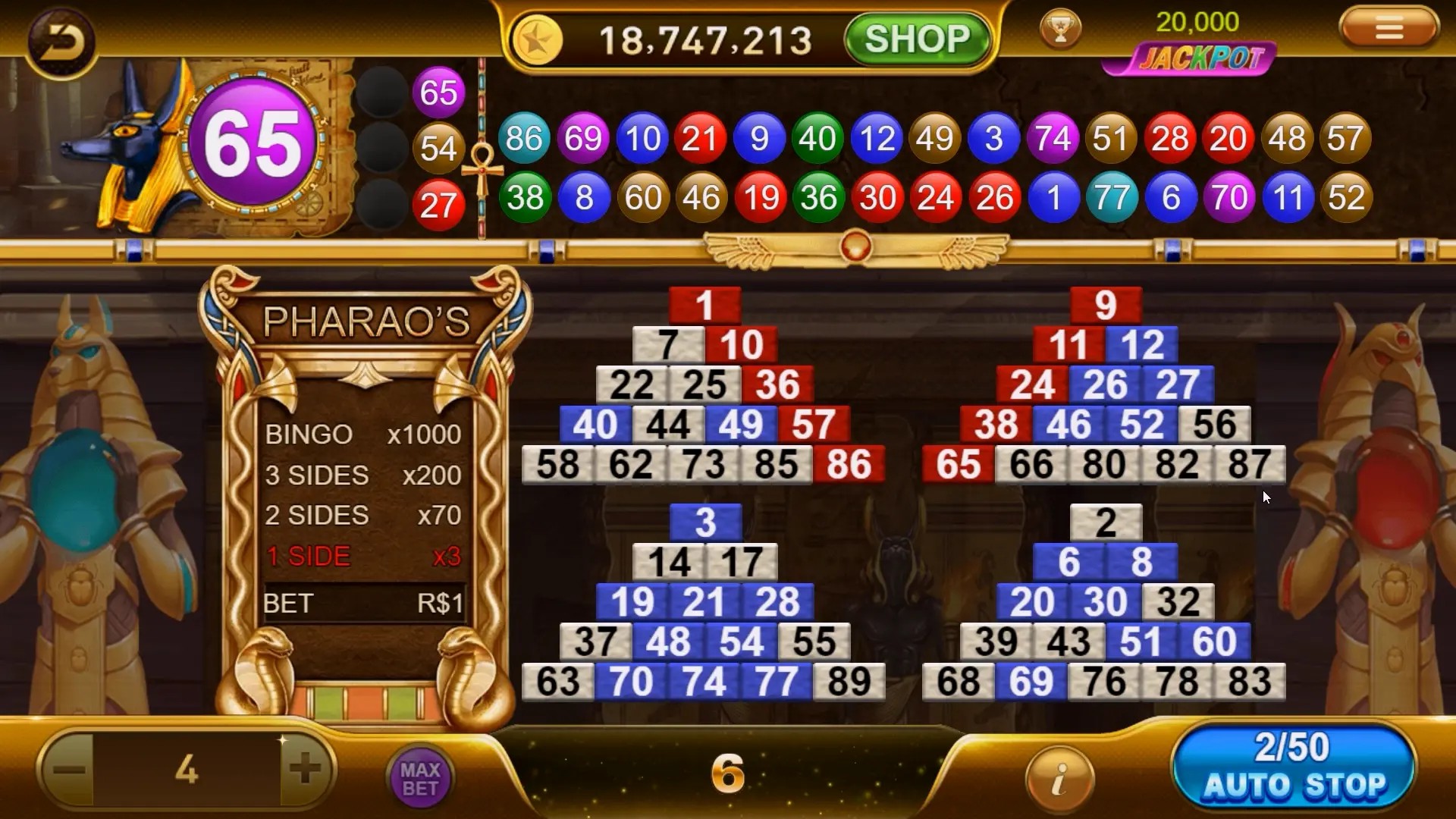Why Casual Games Are Redefining the Future of Gaming Experiences
In recent years, the gaming industry has witnessed a remarkable shift, particularly due to the rise of casual games. These games, known for their easy-to-learn mechanics and engaging playstyles, have attracted a broad audience, making gaming more accessible than ever. What’s more exciting is how these games are paving the way for the future of gaming experiences.
The Casual Games Revolution
Casual games usually indicate that anyone can pick them up and join in. They don't require extensive gaming knowledge or skill sets. Popular examples include titles like Candy Crush, Among Us, and even tower defense games like Kingdom Rush. The casual gaming market has skyrocketed, with a user-friendly interface and bite-sized gameplay enticing new players.
Key Characteristics of Casual Games
- Accessibility: Any player can quickly start and enjoy these games.
- Social Interaction: Many casual games encourage social sharing or collaborative gameplay.
- Short Play Sessions: They typically offer quick play options, fitting seamlessly into busy lifestyles.
- Low Commitment: No overwhelming learning curves; players can play when they have time.
Engagement Over Competition
While hardcore gamers often focus on high-stakes competition, casual games emphasize engagement. The goal is not to defeat an opponent but to create fun experiences. Games like Kingdom Rush illustrate this perfectly; players enjoy strategizing and defending their towers while soaking in vibrant graphics and lighthearted themes. It’s less about the leaderboard and more about enjoying the journey.
The Social Aspect of Casual Gaming
In an age where social media dominates our interactions, casual gaming leans heavily into this trend. Players often share their accomplishments online, creating a community of gamers who bond over mutual interests. This sense of community boosts player retention and encourages new gamers to join in, expanding the gaming demographic.
Targeting Diverse Audiences
One of the biggest strengths of casual games is their ability to appeal to a wide audience, crossing age, background, and gender lines. This inclusivity is not just a trend; it’s shaping the future of the industry. Statistics show that casual games attract more female players than traditional games, which is changing how developers create new titles.
| Demographics of Casual Gamers | Percentage |
|---|---|
| Female Players | 60% |
| Players Aged 35+ | 50% |
| Mobile Gamers | 75% |
Incorporating Modern Technologies
From augmented reality to AI-driven interactions, casual games are embracing new technologies to enhance gameplay. Imagine enjoying a classic tower defense game like Kingdom Rush with elements that adjust to your playstyle in real-time, creating a unique experience. The ability to merge technology with casual gameplay opens avenues for innovation.
The Future: Gamifying Everyday Activities
With the success of casual games, we could see a rise in gamification across different sectors. Everyday activities such as exercising, studying, or even shopping could be transformed into engaging experiences. For instance, would you like to track your fitness progress using a game-like interface? The potential is vast!
Conclusion
The evolution of casual games signifies a more inclusive and engaging future for the gaming industry. By redefining what it means to play, these games draw in diverse player bases who seek enjoyment over competition. With enhanced social experiences, advanced technologies, and the potential for broader applications in daily life, casual games are not just a fleeting trend—they're a fundamental shift in how we view gaming.



